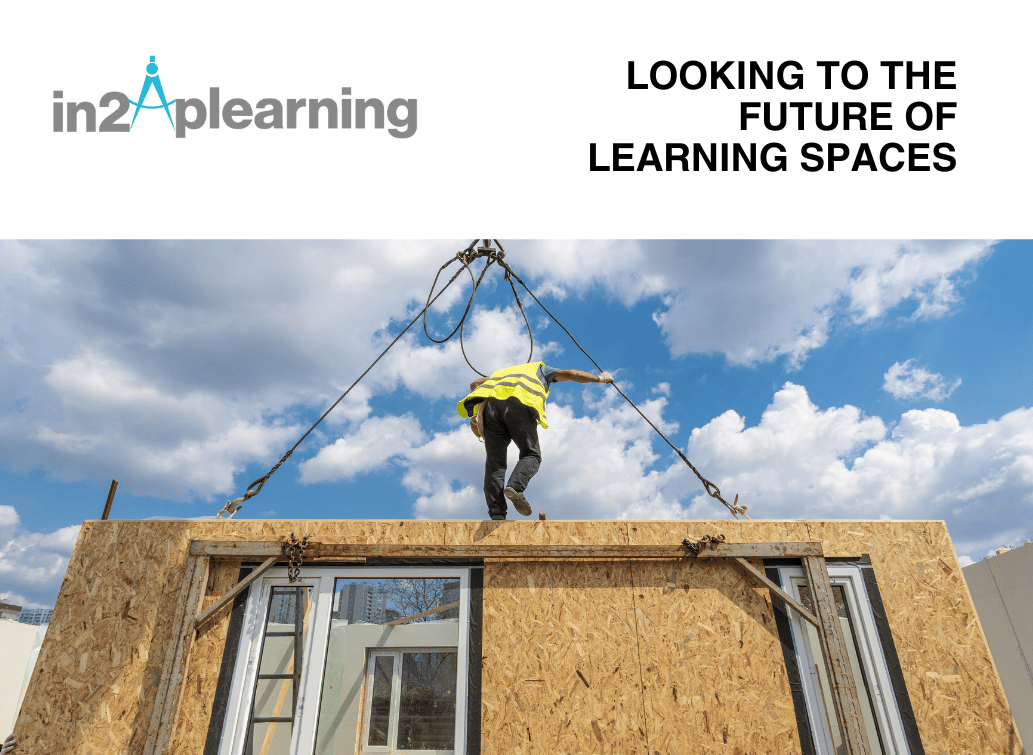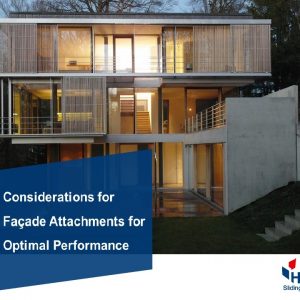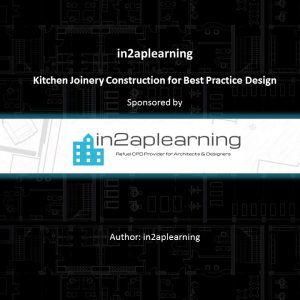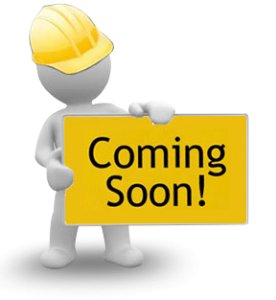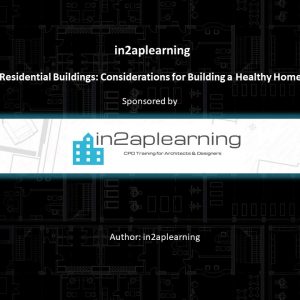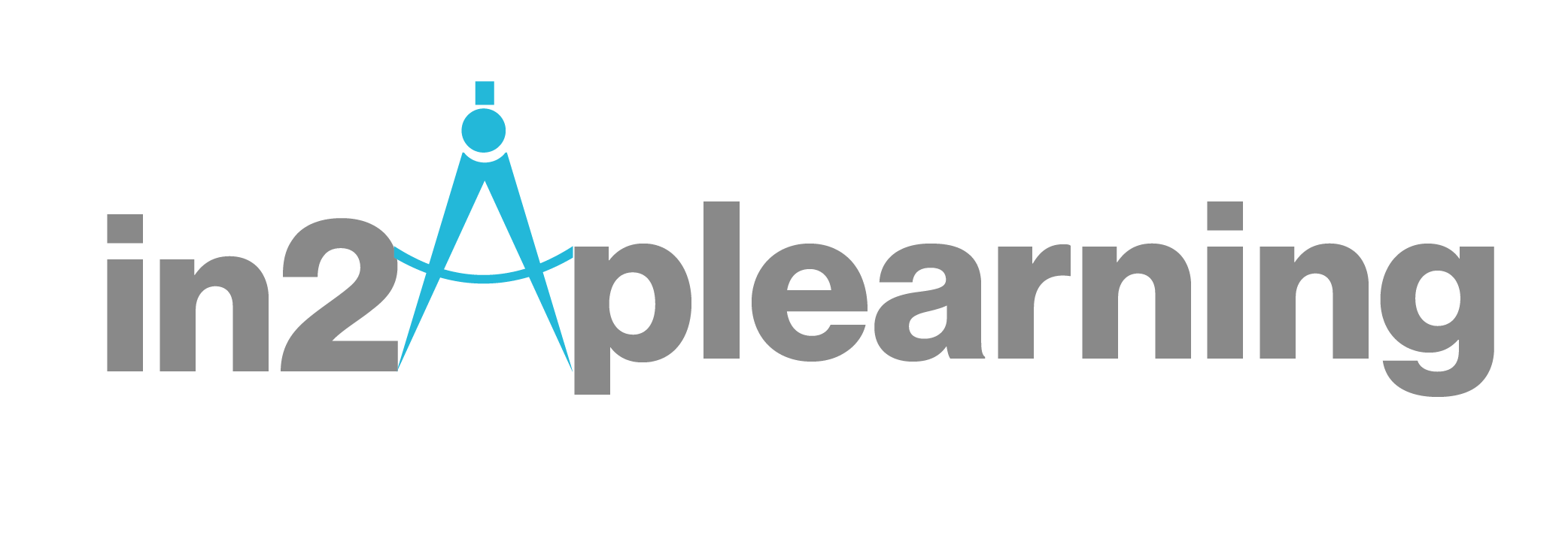
in2aplearning
T +61 9646 1007
Email: ask@in2ap.com.au
IN2AP
Suite 56/574 Plummer Street Port Melbourne VIC 3207 Australia
Looking to the Future of Learning Spaces
Note: *Available to Registered Architects and Building Practitioners only.
Description
The idea that our physical environment has the capacity to shape us, and therefore, that a building has the ability to powerfully influence its users is one of the main tenets of architecture and design.
Throughout this module our aim has been to educate and empower you, the designer, to improve the.
Teachers are at the forefront of education innovation and pedagogy. They are cognizant of the physical environments’ ability to ‘make or break’ creativity and stifle learning. It is the role of the architect to create the physical learning space that assists educators and provides an environment that strengthens growth and learning.
Disclaimer: All images are for the product representation only. The information contained is only for general educational purposes. The document may contain omissions, technical inaccuracies and typographical errors. It is not a legal document. Use it at your own discretion and always seek professional advise for specific circumstances. Refer to all relevant codes, standards, guidelines for compliance. Every effort has been made to assure that the information is up to date as of April 2016.
Additional information
| points | 1.0 |
|---|---|
| points-type | Formal |
| aaca-competency | Design |
| Who May Benefit from this Module | This CPD module maybe of interest to architects and specifiers working in commercial, public or education design environments and seeking more clarification around washrooms related concerns. |
| LEARNING OBJECTIVES | 1. Discuss the primary Acoustic problems in education. AACA Competency 4.7 |

